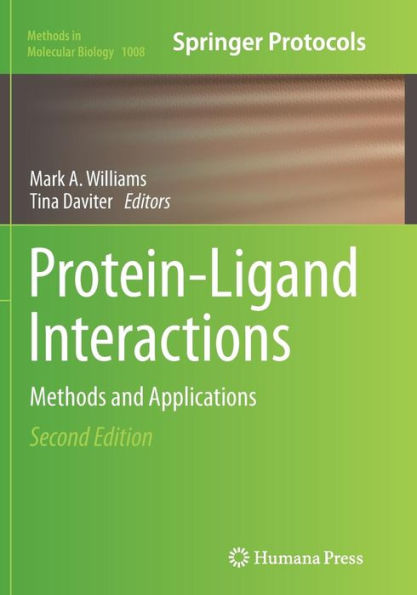Authoritative and accessible, Protein Ligand Interactions: Methods and Applications, Second Edition serves as an ideal guide for researchers new to the field of biophysical characterization of protein interactions – whether they are beginning graduate students or experts in allied areas of molecular cell biology, microbiology, pharmacology, medicinal chemistry or structural biology.
Authoritative and accessible, Protein Ligand Interactions: Methods and Applications, Second Edition serves as an ideal guide for researchers new to the field of biophysical characterization of protein interactions – whether they are beginning graduate students or experts in allied areas of molecular cell biology, microbiology, pharmacology, medicinal chemistry or structural biology.

Protein-Ligand Interactions: Methods and Applications
530
Protein-Ligand Interactions: Methods and Applications
530Paperback(Softcover reprint of the original 2nd ed. 2013)

Product Details
| ISBN-13: | 9781493958733 |
|---|---|
| Publisher: | Springer-Verlag New York, LLC |
| Publication date: | 11/17/2016 |
| Series: | Methods in Molecular Biology , #1008 |
| Edition description: | Softcover reprint of the original 2nd ed. 2013 |
| Pages: | 530 |
| Product dimensions: | 7.01(w) x 10.00(h) x (d) |
